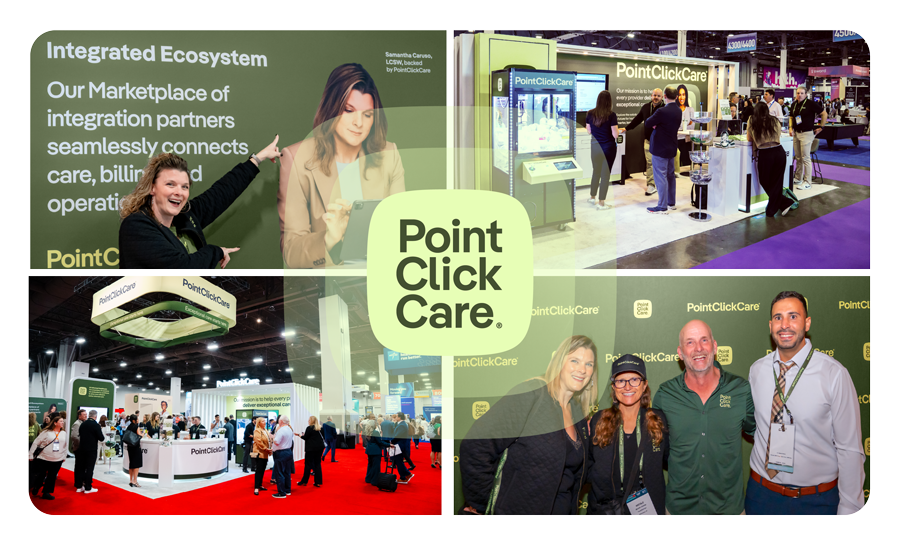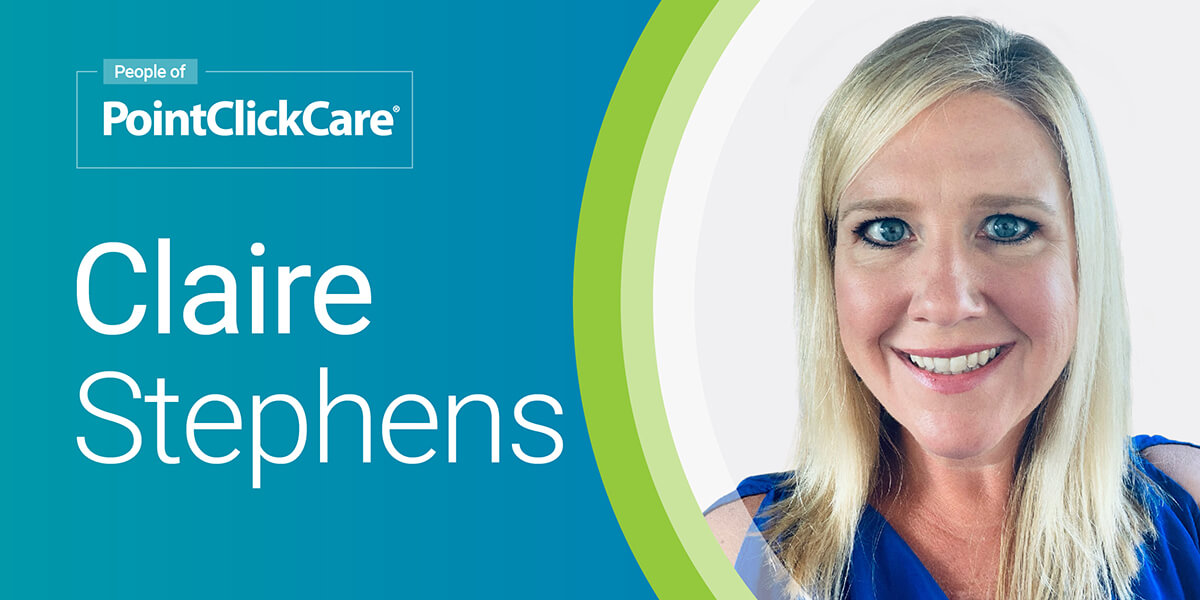
Three Strategies for Using Tech to Survive the Staffing Crisis in Healthcare
 5 min
5 min
Staffing challenges continue to be an ongoing issue across healthcare. It’s been identified as one of the top areas of concern , with 85% of health system leaders saying staffing challenges would have a major impact on their strategy for the year.
At PointClickCare, we want to excite and delight providers with tech that works. We believe your technology can play a big part in the decision making of healthcare workers, so much so that a caregiver interviewing with you should ask about the technology platforms you’ve integrated into your operations and care delivery models.
As health systems work to overcome widespread caregiver burnout, having the right technology solutions can help to automate processes that reduce administrative burden and improve patient care. They also simply must work. Caregivers know how technology can help them be the collaborators they want to be and improve the care they provide. They also know the impacts of technology not working, and how frequently they must compromise when workflows aren’t digitized. Without the help of technology, those on the front lines are bogged down by administrative burdens instead of being where they want to be: caring for people. .
So, where do you start with understanding how technology can enable efficiency across care teams? Here are three questions to help assess your tech stack effectiveness.
#1 – Does your Tech Increase Efficiency?
Creating greater efficiencies allows your staff to focus on the most meaningful and rewarding part of their job – delivering care. And while this is true across all of healthcare, this can be incredibly powerful within senior care, where patients have more complex care needs.
Access to real-time patient data will encourage effective clinical chart management that improves quality of care and clinical outcomes. With health records stored electronically – and tasks clearly defined through integrated workflows and data – care providers can perform more efficiently, freeing up more time to spend with residents. Automating certain workflows will allow clinicians to eliminate time-consuming and mundane tasks, which can reduce burnout. Take artificial intelligence (AI) as an example. Through the predictive analytics and data-driven insights that AI can provide, clinicians can make more informed decisions and personalize treatment plans for better patient outcomes. Technology can also help to automate repetitive and time-consuming tasks, which frees up scarce clinical resources and enables clinicians to focus on more personal and critical aspects of patient care.
#2 – Does your Tech Enable Higher Quality Care?
By leveraging technology to automate and eliminate administrative work, clinicians can spend more time on direct care and operate at the highest level of their license.
Having electronic health records for each patient can eliminate repetitive and unnecessary tasks while also providing seamless access to all stakeholders involved in an individual’s care. Through the help of care collaboration tools to treat patients more effectively, efficiently, and most importantly, compliantly, teams of doctors and healthcare professionals can now communicate with one another. Overall, technology allows physicians to gain a holistic view of their patient’s health and make more confident, informed decisions around their care. Not only are you saving time across care teams, but everyone involved is accessing the same records. More data and insights ultimately drive better outcomes, and better outcomes allow for higher quality of care.
#3 – Does your Tech Create Better Connectivity and Collaboration?
With the right technology in place to support real-time decision-making, clinicians can share information about a patient’s care to all stakeholders involved, reducing the data access gap. This digitized, unified, and standardized data can free up clinicians to drive greater efficiency and quality across the ecosystem, not just within the walls of their facility.
As the older population continues to increase, so too will the complexities of their individual care needs. Technology solutions can help improve communication across a previously siloed healthcare system to enable early intervention to prevent chronic illness and improve workforce effectiveness by eliminating administrative tasks that eat up nurses’ valuable time.
Leveraging patient data to create more standardized and evidence-based care models will also make it easier for care collaborators to surface abnormalities in a patient’s chart, communicate those findings asynchronously, and allow for the appropriate interventions. By improving communication through technology between the acute, payer, and long-term care settings, we can enable seamless care transitions that reduce readmission rates and lead to better care outcomes.
Put simply, care teams need to be digitized. Once this happens and they have the right technology solutions in place, care teams can begin taking advantage of the data and insights that technology offers. This allows them to save time, work more effectively with care partners, and focus on the most important work – keeping the resident safe and healthy.
The Opportunity Ahead of Us
Technology has the power to transform the way healthcare facilities operate, but we have to reimagine how we look at staffing. As challenges continue to impact healthcare, it will be imperative to leverage technology investments that can support providers by easing the administrative burden and empowering them to do what they love: improve the health and well-being of their residents. If this is the new normal, the only question we have to ask ourselves is, “how are we innovating?” The ante is raised, and the stakes couldn’t be higher.
We’ll continue to see the gap increase between an aging population requiring more intensive care and an exodus of caregivers available to do the work. For today’s operators, technology can make a difference and lead to higher satisfaction ratings, drive the right outcomes, and help people work smarter not harder.
Healthcare leaders, are you making technology investments with this new reality in mind?





